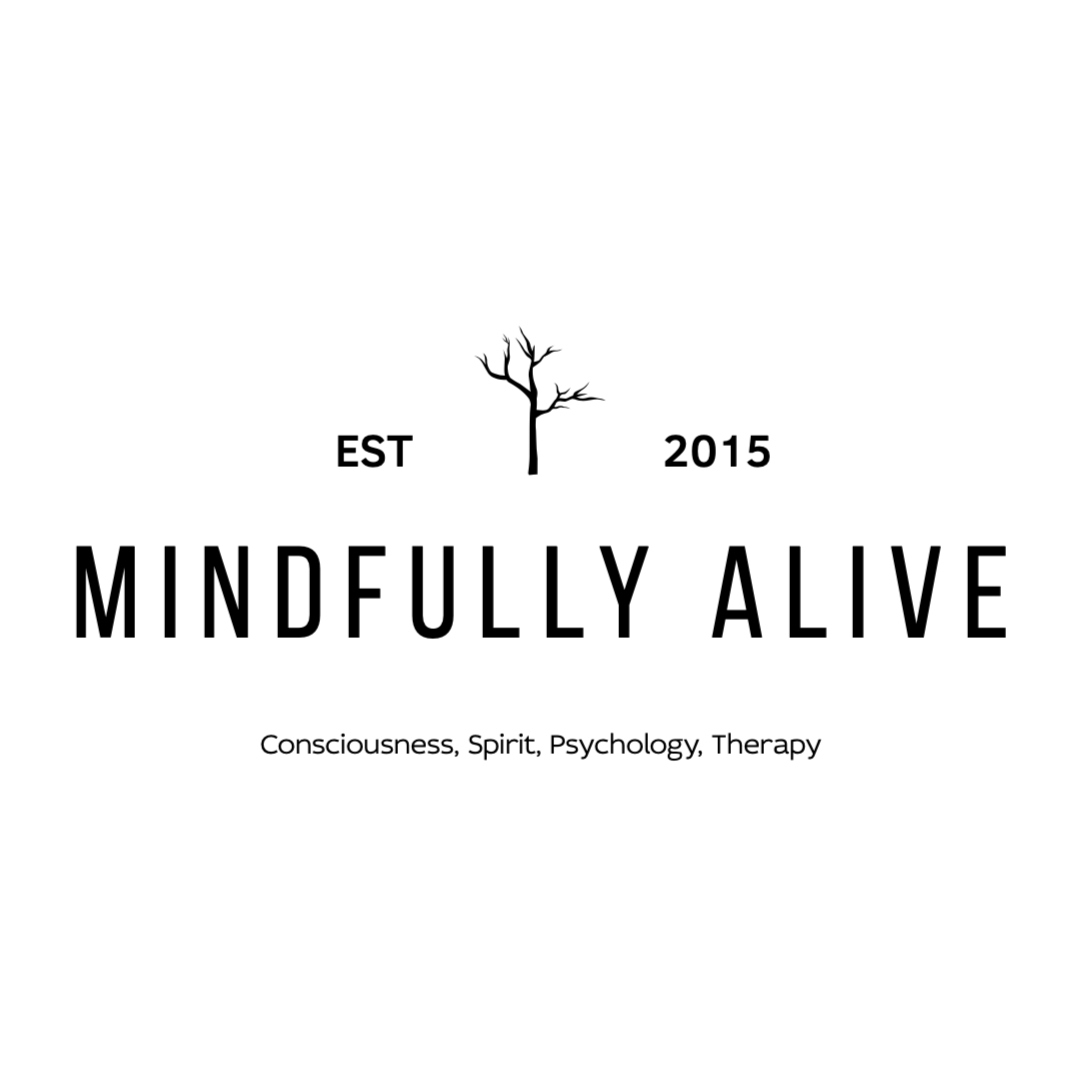What is Reiki?
A Guide to Reiki Healing
The understanding that an unseen energy that resides and flows through all living things and is directly correlated to our quality of health has been a part of the wisdom of cultures since ancient times. This energy, known as “Life Force Energy”, is a vital aspect of our well being and plays a major role in our vitality, immune system and self-healing abilities. Life force energy influences us at all levels; mind, body, emotions and spirit. If our life force energy is blocked, we may feel stressed, depressed or susceptible to illness. When the energy moves through us freely, we are relaxed, joyful and healthy.
The word Reiki originates in the Japanese language, “Rei”, meaning spiritual or universal and “Ki”, meaning life force. Reiki is a technique in which the practitioner acts as a vessel for life force to be directed through the palms and to the client in order to remove blockages and increase flow of energy. The main intention is that this vital energy be channeled to support the body’s natural ability to heal itself.
Benefits of Reiki Healing
Everyone has different experiences of Reiki due to the fact that everyone’s energetic and emotional make up varies tremendously. The most reported benefits of Reiki are feelings of deep relaxation and stress and anxiety relief. Reiki is extremely helpful in lowering cortisol levels, contributing to lower blood pressure and heart rate. Many report improved sleep. A study in the journal Evidence-Based Complementary and Alternative Medicine found that highly depressed and anxious college students experienced greater improvements in mood and sleep quality when they were treated with six 30-minute Reiki sessions over two to eight weeks, compared to a group that didn’t get Reiki. Reiki is now practiced regularly in medical hospitals, particularly with cancer patients due to the pain relief and deep sense of wellbeing that it can provide.
Reiki also has the ability to allow one to experience deep meditative states or energy which cannot typically be seen with the human eye. These experiences can assist in opening our mind to the possibilities the universe has to offer and can reconnect us with our heart and sense of spirituality.
What to expect
A typical Reiki session can last anywhere from 30-90 minutes long. Sessions take place in a peaceful environment, sometimes with dimmed lights, candles and soft music playing in the background. The recipient remains fully clothed and is asked to lay down on a massage table or seated in a comfortable chair. The practitioner places their hands either directly on or near the body. There is no massage or manipulation, the work is done on the energetic level of the body. In a non-intrusive way, the practitioner will continue to place their hands on areas they may feel are blocked for a period of time until it is felt that the blockage has been removed or balanced. Sessions vary greatly depending on the practitioner and the receiver’s needs. A practitioner may utilize crystals, singing bowls or tuning forks to enhance the experience.
A recipient may feel heat, tingling or other sensations throughout the session. It is advised that you take some time to readjust and hydrate plentifully after the session. If you are struggling with stress, anxiety, depression or physical pain, Reiki can be a powerful and effective complementary method for healing. If you are interested in seeking Reiki services please reach out to our or Ho-Ho-Kus, New Jersey office at Mindfully Alive: (201)- 308-3987.






Be the first to reply